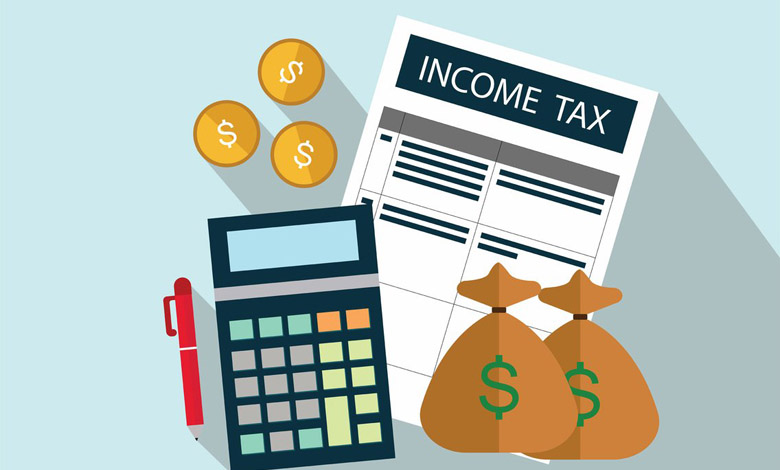The EIC (earned income credit) is probably one of the more misunderstood credits allowed by tax law. It’s been called a ‘welfare credit’ and other somewhat insulting names. But the EIC is really a tax credit meant to give people who are working but are in lower tax brackets a break so the derogatory names are not fair. It takes into account the amount of income you earn, the number of children you have and your marital status. You have to meet all of the requirements in order to be allowed to take the credit.
The Kansas City Tax Guy and Kansas City Tax are the professionals that you want to make sure that your income tax filing this year is handled properly for this.
The eligibility rules for the EIC are not difficult to follow unlike many other Internal Revenue Service (IRS) rules. Unfortunately a lot of people doing their own taxes don’t take the credit because they don’t understand they are eligible for it. That’s a shame because it represents real money in the form of a tax credit or a refund. This is a benefit that you cannot afford to miss out on.
The first question is: exactly how do you qualify for the EIC? The first two tests concern your income and income source. You must have income from employment or self-employment to report on your tax form. That is the first requirement of the EIC. The second requirement is that you your income must be below $43,352 if filing single or $43,362 if filing married filing joint. If you meet the basic requirements then you can take the remaining qualifying tests to determine exactly how much credit you are entitled to.
Qualify for the EIC and the Child Tax Credit for Double Benefit
The qualifying tests for the EIC look at some specific things concerning your income, whether or not you have children, your age, and your resident status.
• You and your children have social security numbers that are valid
• You are single or married but not filing with a status of Married Filing Separate
• You do not have more than $3,100 in interest or dividends to report
• You don’t have any children but you and your spouse are between the ages of 25 and 65
There are a few other qualifying requirements for the EIC such as you and your spouse cannot be someone else’s dependents for income tax calculation purposes. You also must be a legal resident or citizen of the United States. The actual EIC tax credit is graduated based on the number of children you and your spouse have plus your earned income or adjusted gross income must be less than a certain amount. For 2010, the rates are as follows:
• If your earned income or AGI is less than $13,460 (single) or $18,470 (married filing joint) and you have no children, the maximum credit is $457
• If your earned income or AGI is less than $35,535 (single) or $40,545 (married filing joint) and you have 1 child, the maximum credit is $3,050
• If your earned income or AGI is less than $40,363 (single) or $45,373 (married filing joint) and you have 2 children, the maximum credit is $5,036
• If your earned income or AGI is less than $43,352 (single) or $48,362 (married filing joint) and you have 3 or more children, the maximum credit is $5,666
The child tax credit is another income tax credit that is worth up to $1,000 per child up to $3,000. Like the EIC, there are income requirements to qualify. But unlike the EIC, you can be married filing jointing, single, a widower, head of household or married filing separate. The credit is limited to the amount of tax you owe.
But complicating the calculation is the fact there is an additional child tax credit for those who were not able to deduct the full amount of the child tax credit. Confused? If you are then you’re in good company. The best way to figure the child tax credit is to use the child tax credit calculator also available in Turbo Tax. The EIC (earned income credit) and child tax credit can put money back into your pocket, so these are two tax credits you want to make sure you take if eligible.




